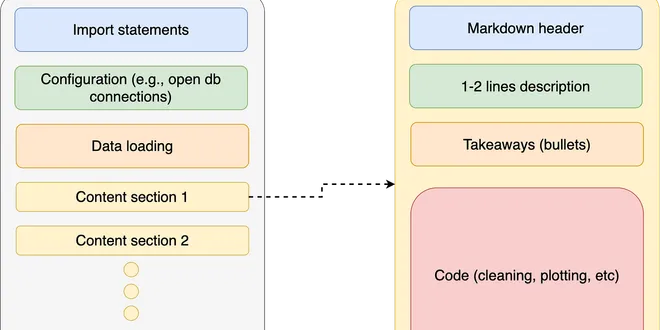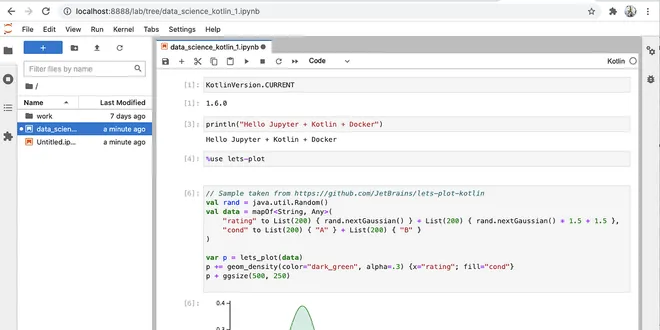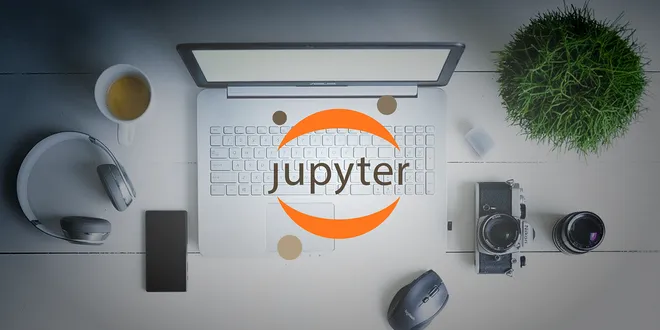Notebooks
Notebooks, particularly Jupyter notebooks, are interactive computing environments that allow users to create and share documents containing live code, equations, visualizations, and narrative text. They serve as versatile tools for data analysis, scientific research, and educational purposes, enabling users to combine code execution with rich media. Notebooks facilitate an engaging learning experience by allowing students to manipulate code and visualize results in real-time. They can be used for various applications, from simple note-taking to complex data-driven projects, making them an essential resource in the fields of computer science, data science, and artificial intelligence.

Jupyter Notebooks
Jupyter Notebooks In recent years, the Jupyter Notebook has become a massively popular tool for doing research-oriented work in Python and other languages alike. Its emergence marked a paradigm shif...
📚 Read more at Python Like You Mean It🔎 Find similar documents

Chapter 3 Notebooks in teaching and learning
Jupyter notebooks are a valuable tool for teachers, but their value can only be leveraged if you apply them correctly within the context of your course. In this chapter, you will learn how teachers ca...
📚 Read more at Teaching and Learning with Jupyter🔎 Find similar documents

The notebook-induced regression
Opinion How massive adoption of notebooks is negatively affecting quality of code in data science Photo by Lorenzo Herrera on Unsplash Every data scientist is familiar with the definition of notebook...
📚 Read more at Towards Data Science🔎 Find similar documents

On writing clean Jupyter notebooks
Notebooks are a magnificent tool to explore data, but such a powerful tool can become hard to manage quickly. Ironically, the ability to interact with our data rapidly (modify code cells, run, and…
📚 Read more at Towards Data Science🔎 Find similar documents

Jupyter Notebook
Jupyter Notebook, formerly named iPython Notebook, is a powerful Python code execution environment often used for data analysis.
📚 Read more at Full Stack Python🔎 Find similar documents

No-Hassle Machine Learning Experiments with Azure Notebooks
Jupyter Notebooks are a gift from God to those who work with data. They allow us to do quick experiments with Julia, Python, R, and more (hence JuPytR). It also mixes live code and documentation…
📚 Read more at Towards Data Science🔎 Find similar documents

Why (and how) to put notebooks in production
Putting notebooks and production in the same sentence is a sure way to trigger a heated online debate. This topic comes up frequently, and it’s common to hear that teams completely dismiss notebooks…
📚 Read more at Towards Data Science🔎 Find similar documents

Announcing Consumer Notebook!
Announcing Consumer Notebook! December 16, 2011 This was originally posted on blogger here . Need a Python programming language book? Want to see a comparison of the ones I own and use? Check out my M...
📚 Read more at Daniel Roy Greenfeld Blog🔎 Find similar documents

Everything You Need To Know About Jupyter Notebooks!
The Jupyter Notebook is an open-source web application that allows you to create and share documents that contain live code, equations, visualizations, and narrative text. Its uses include data…
📚 Read more at Towards Data Science🔎 Find similar documents

How to Create a Docker Image with Jupyter Notebook and Kotlin
Computational Notebooks or simply Notebooks are a flexible and interactive tool that allows scientists to combine software code, computational output and explanatory resources (like text, charts and…
📚 Read more at Towards Data Science🔎 Find similar documents

Elegant CICD with Databricks notebooks
Notebooks are the primary runtime on Databricks from data science exploration to ETL and ML in production. This emphasis on notebooks calls for a change in our understanding of production quality…
📚 Read more at Towards Data Science🔎 Find similar documents

Jupyter Notebook Essential Productivity Hacks
Jupyter notebooks are a dynamic and popular tool that helps users create readable analyses while combining code, images, comments, formulas, and plots in one organized way. Formerly known as the…
📚 Read more at Towards Data Science🔎 Find similar documents

